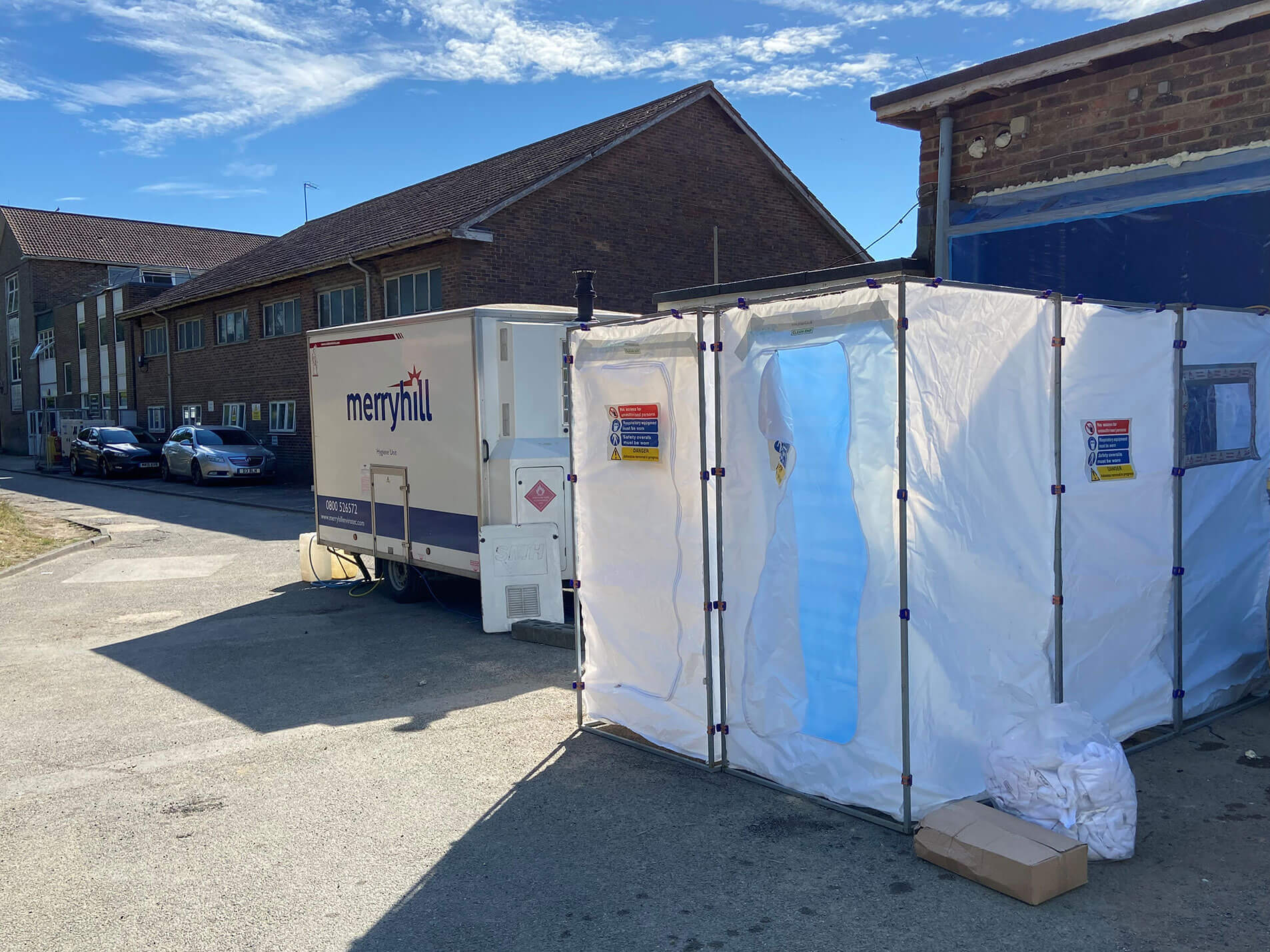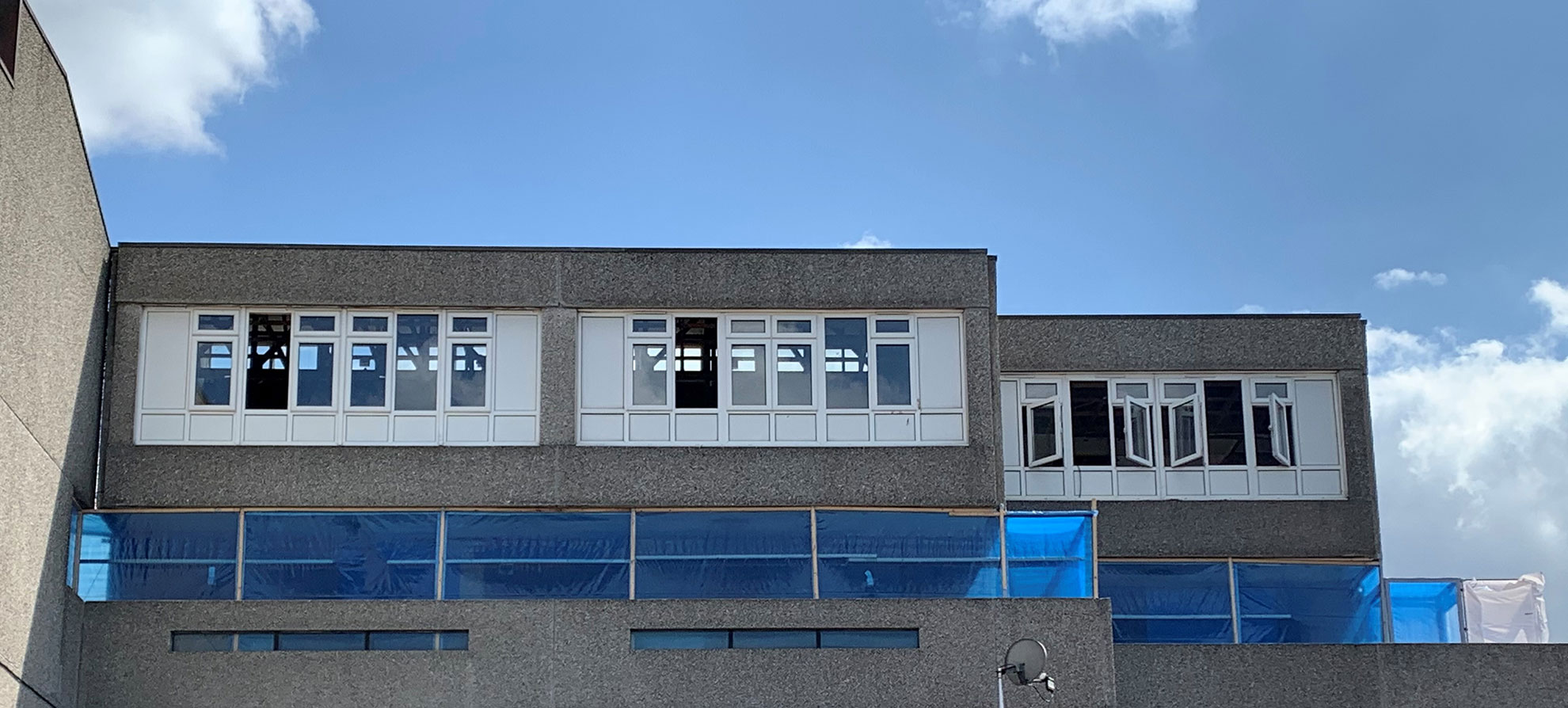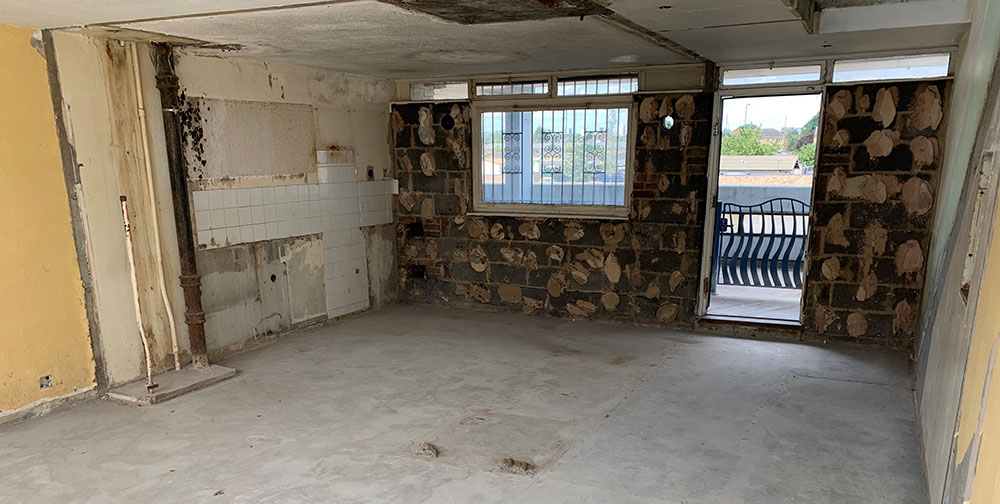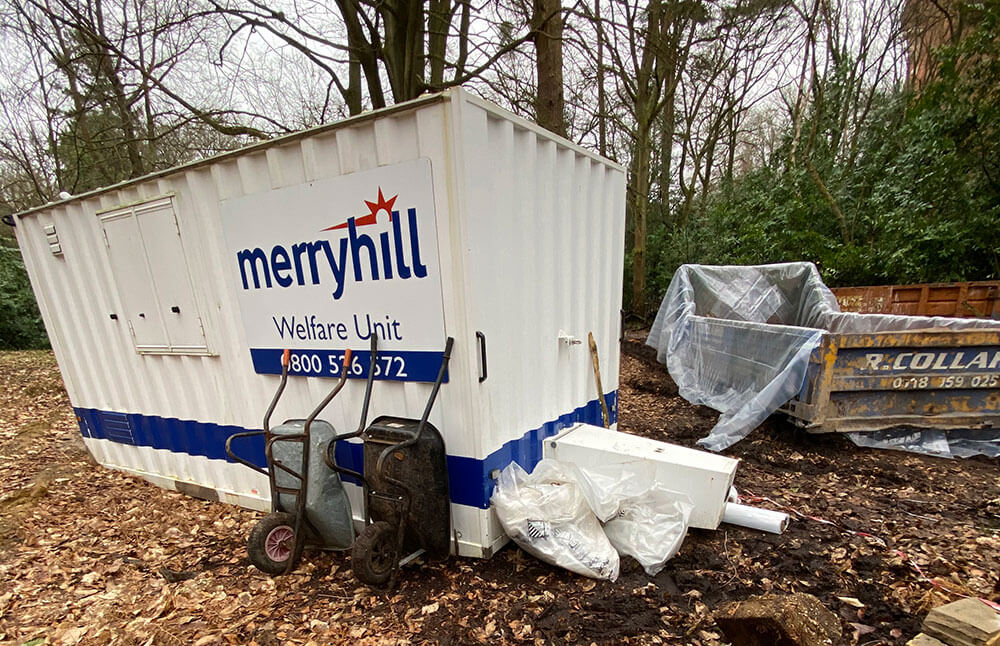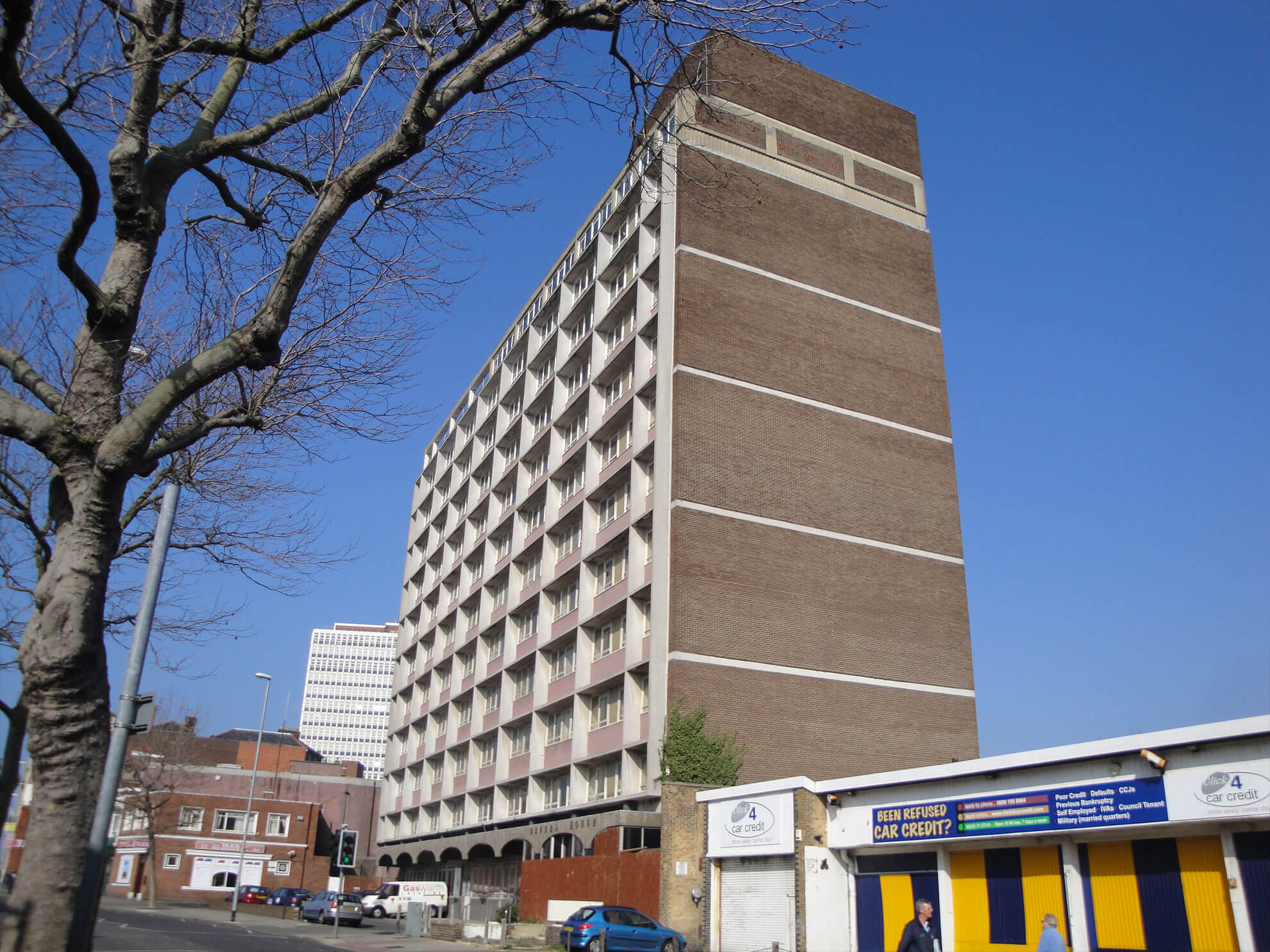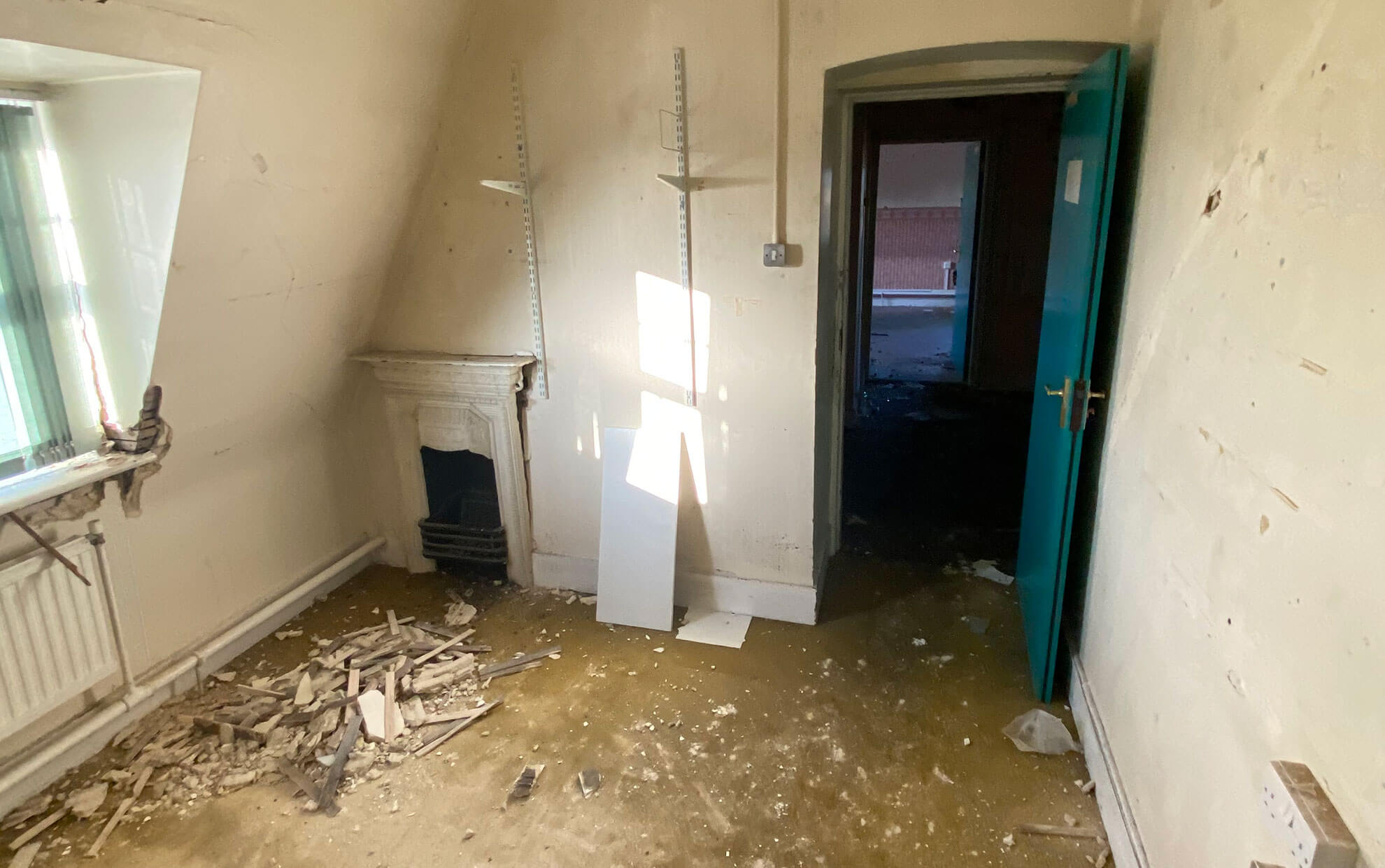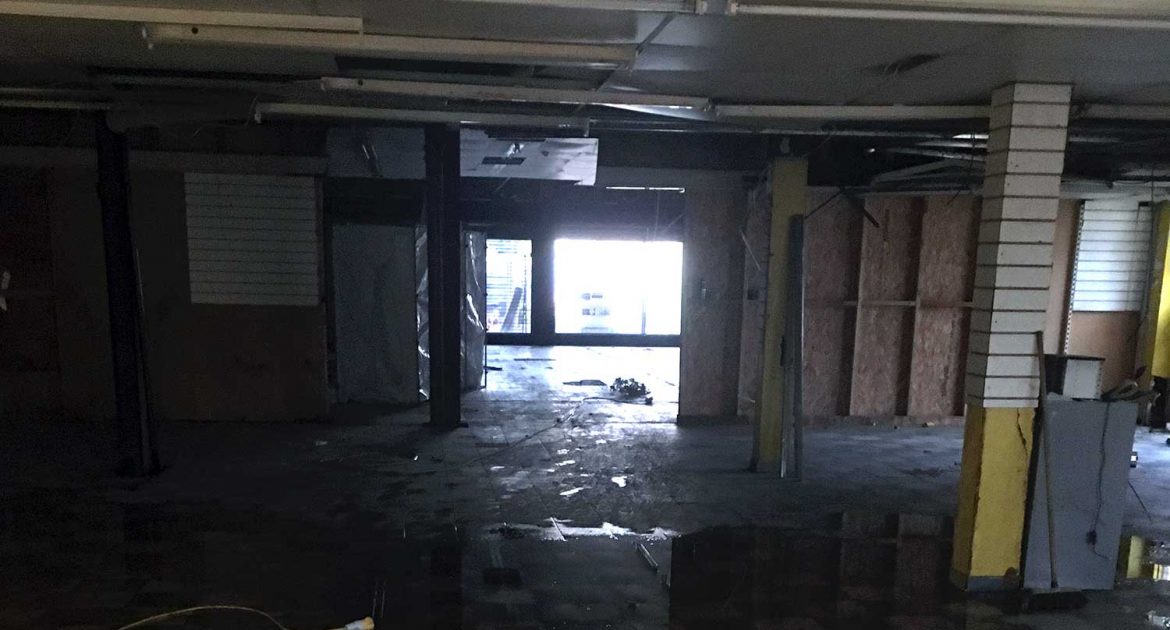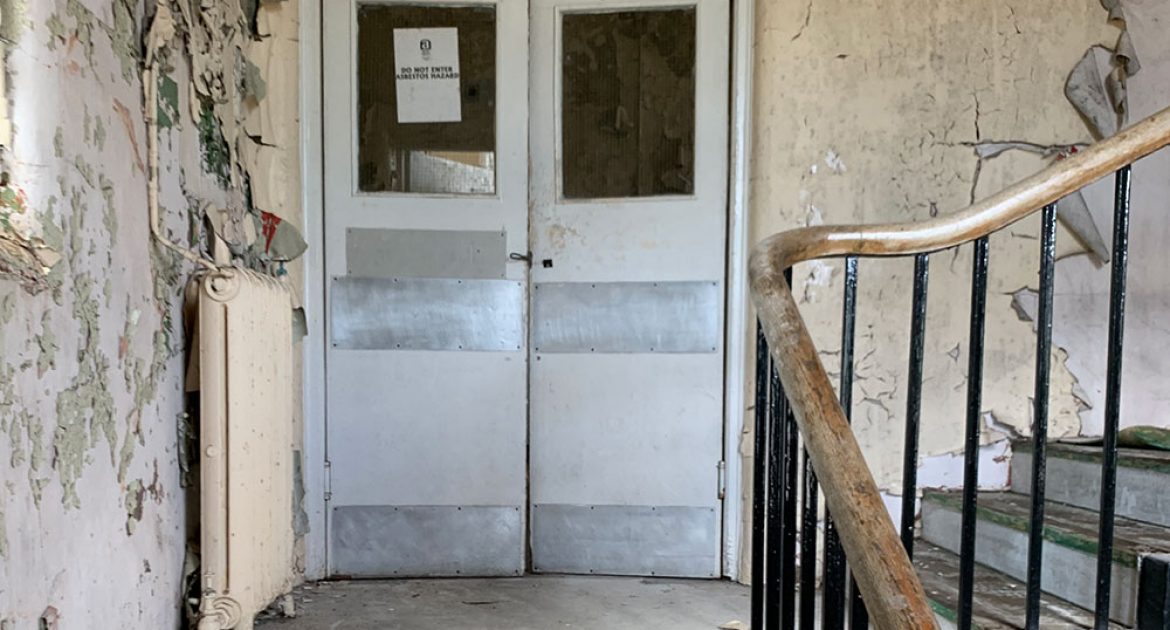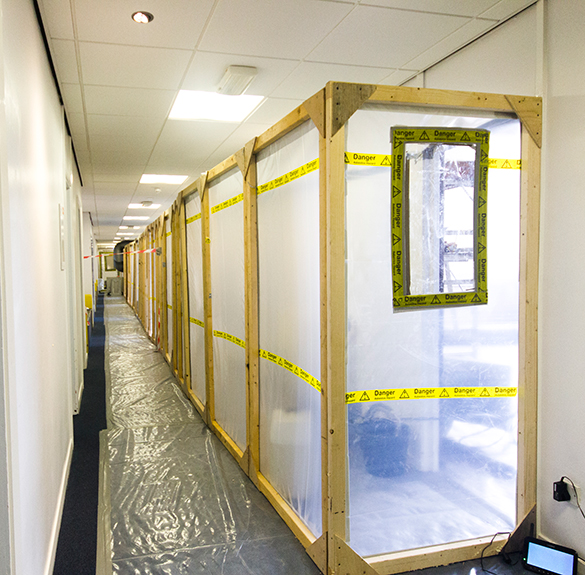Merryhill has recently completed the third stage of a school refurbishment project in Berkshire. The project has been in progress for over 2 years across various phases with the current stage completing prior to the next phase later this year.
The project is the demolition / refurbishment of various school buildings, whilst new blocks are being constructed on the same site.
The project is part of the Department for Educations Priority School Building Programme (PSBP2) which was designed to rebuild or refurbish those school buildings in the country most in need of an upgrade.
Merryhill has carried out asbestos removal works to buildings prior to demolition and managed excavation works around the site where asbestos debris had been located in hotspots.
In the most recent phase, Merryhill has removed asbestos insulation board to bulkheads, around skylights, riser cupboards and a large oil tank room to name a few.
This phase also involved Merryhill having to open and clean over 300m of below-ground ducts to remove asbestos insulation board which had been used as shuttering. This particular element involved careful planning and had to be carried out in phases depending on where the ducts were located.
Also, in order to ensure the buildings were 100% asbestos-free prior to demolition, Merryhill has also removed asbestos-containing bitumen adhesive and floor tiles from large areas of the buildings. Merryhill continue to use Blastrac floor grinding machines with integrated vacuums for all floor adhesive removal projects.

